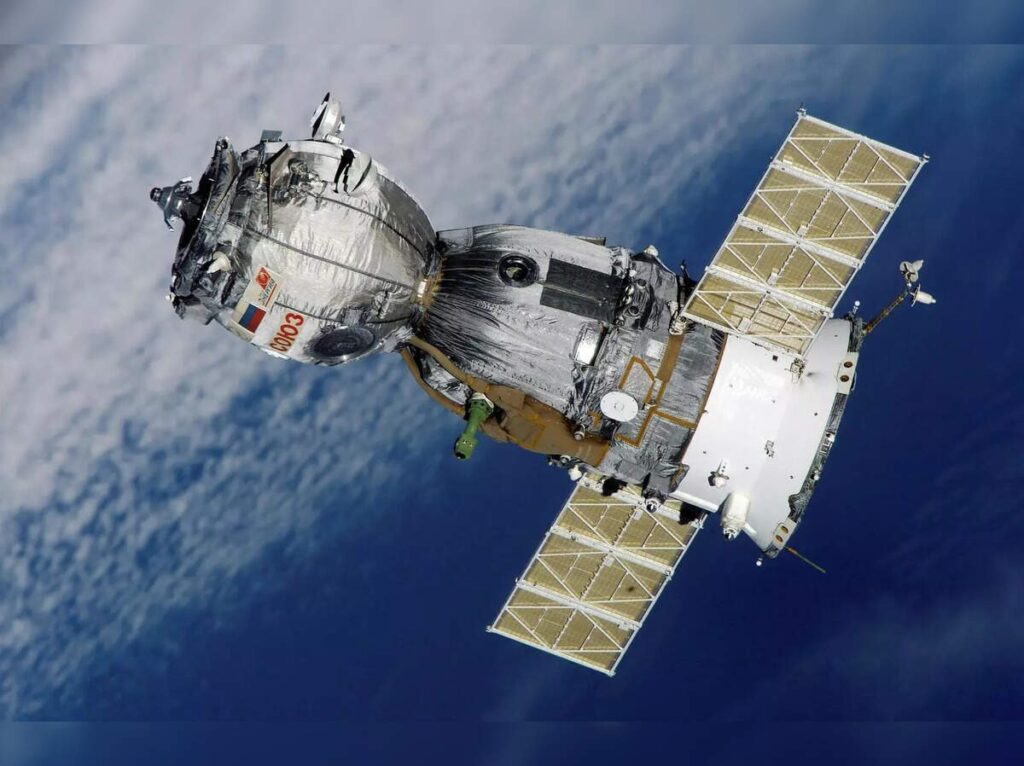India plans to launch a constellation of 52 satellites over the next five years to enhance its space-based surveillance capabilities, according to Pawan Kumar Goenka, Chairman of the Indian National Space Promotion and Authorisation Centre (IN-SPACe). The initiative will involve significant participation from the private sector.
Strengthening Defence Sector Surveillance
Speaking at the Global Space Exploration Conference 2025, Goenka emphasized that India already has strong surveillance capabilities but highlighted the need for constant enhancement. The goal of this plan is to increase the surveillance abilities of the country’s defence sector.

Role of the Private Sector and ISRO
Goenka clarified that while the Indian Space Research Organisation (ISRO) has primarily handled surveillance satellites in the past, the private sector will play a major role in the future. Half of the 52 satellites will be delivered by private companies, while ISRO will handle the construction of the remaining ones.
Military Benefits and Real-Time Coordination
These satellites will aid the Indian Army, Navy, and Air Force in tracking enemy movements, monitoring borders, and enhancing real-time coordination during military operations. The initiative aims to strengthen the country’s defence preparedness and operational efficiency.
Small Satellite Launch Vehicle (SSLV) Transfer
Goenka also revealed that ISRO is in the process of transferring Small Satellite Launch Vehicle (SSLV) technology to the private sector. The SSLV is designed to launch small satellites into low Earth orbit quickly, which is crucial for the defence forces in emergencies. The SSLV can carry satellites weighing between 10 to 500 kilograms and launch them into a 500-kilometre circular orbit.
Imminent Announcement of Technology Transfer
Goenka indicated that the transfer of SSLV technology will be announced soon, likely within the next fortnight. This development is expected to boost India’s satellite capabilities, particularly in terms of launch flexibility and reduced infrastructure requirements.
